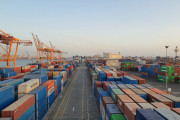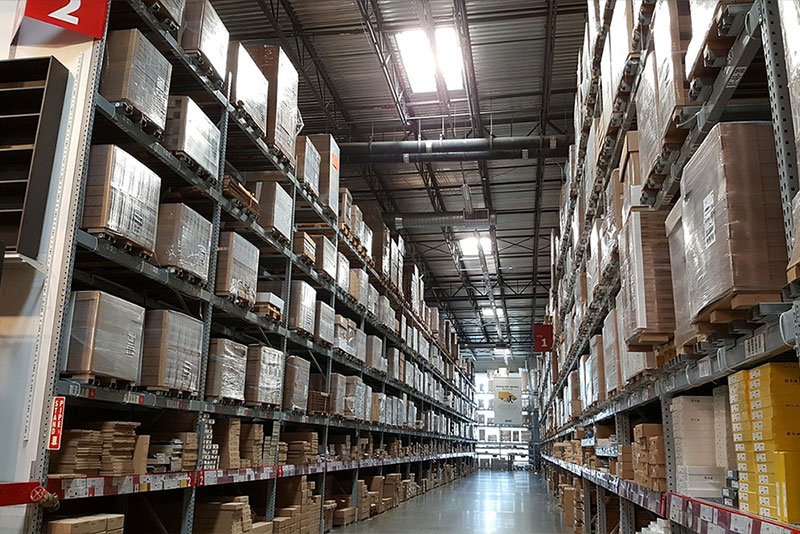Product recalls can be a challenging but necessary process for businesses operating internationally, especially when managing them from a US overseas warehouse. Here’s a comprehensive guide on how to handle product recalls efficiently in such a setup.
1. **Establish Clear Recall Protocols**: Begin by establishing clear and well-documented recall protocols specific to your US overseas warehouse operations. These protocols should outline responsibilities, timelines, communication channels, and steps for initiating and executing a recall.
2. **Communication Strategy**: Effective communication is crucial during a product recall. Ensure all stakeholders, including suppliers, distributors, and customers, are informed promptly and clearly about the recall process. Utilize multiple channels such as email, phone calls, and official announcements to reach them.

3. **Logistics and Coordination**: Coordinate closely with your overseas warehouse team to manage logistics efficiently. This includes identifying recalled products, segregating them from regular inventory, and organizing their return or disposal as per regulatory requirements.

4. **Compliance with Regulations**: Familiarize yourself with both US and local regulations governing product recalls. Ensure all actions taken align with these regulations to avoid legal repercussions. This may include reporting to regulatory authorities and maintaining detailed records.
5. **Quality Assurance Checks**: Implement rigorous quality assurance checks post-recall to prevent similar issues in the future. Evaluate your supply chain, manufacturing processes, and product testing procedures to identify and rectify any potential flaws.

6. **Customer Support and Satisfaction**: Prioritize customer support throughout the recall process. Provide clear instructions on returning or replacing affected products and address customer concerns promptly to maintain goodwill and brand reputation.
Handling product recalls efficiently in a US overseas warehouse requires meticulous planning, proactive communication, and strict adherence to regulatory standards. By establishing robust protocols and maintaining transparency, businesses can mitigate risks and manage recalls effectively.